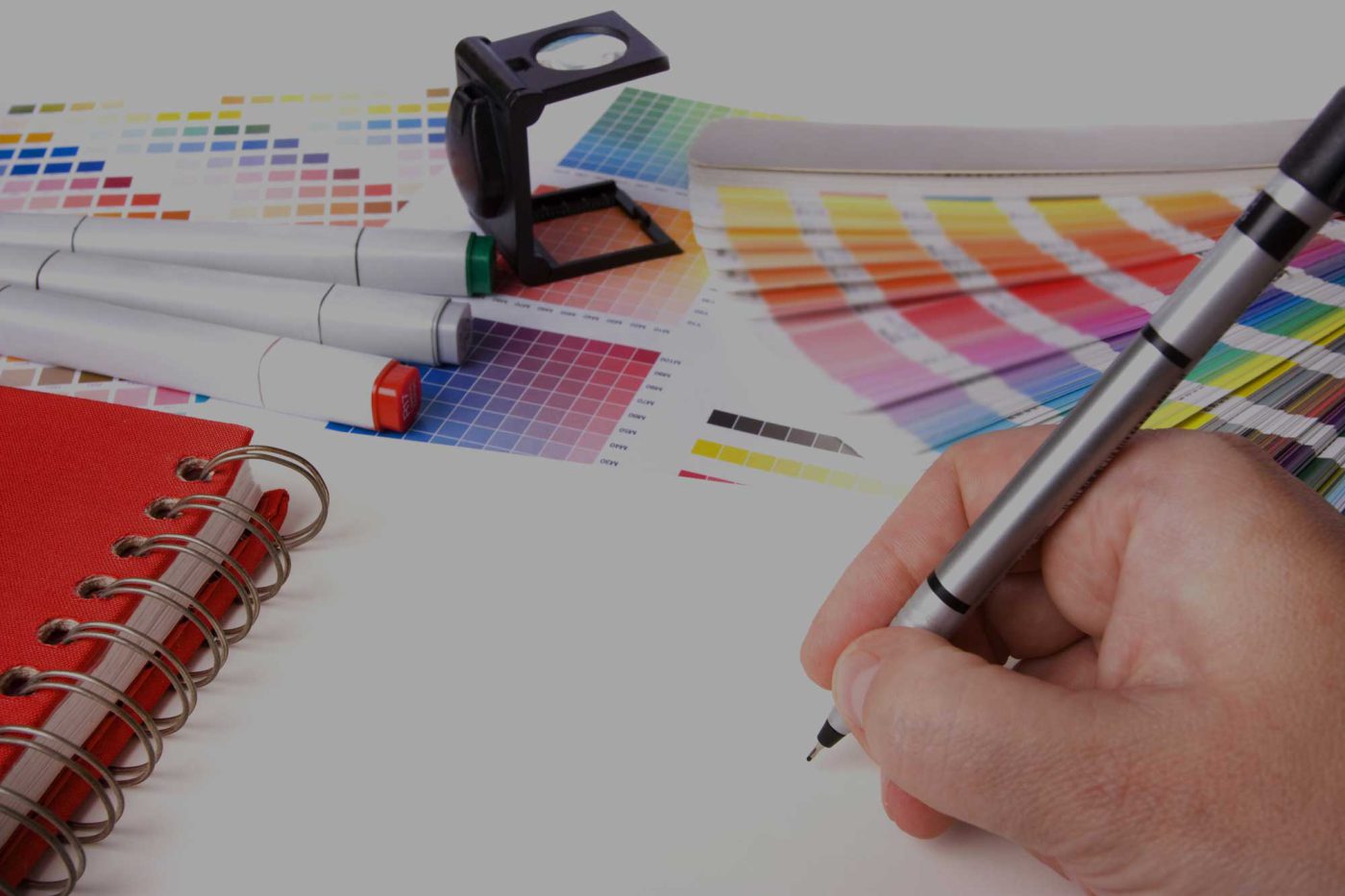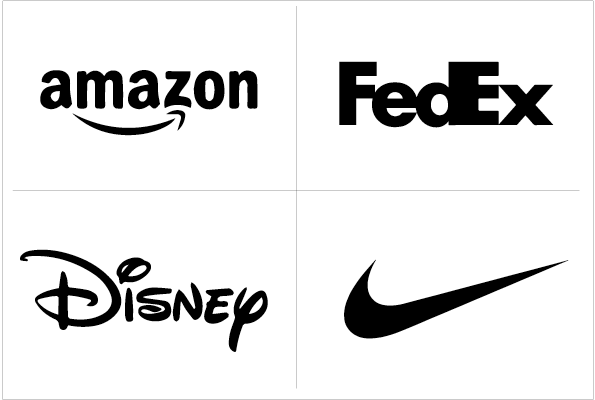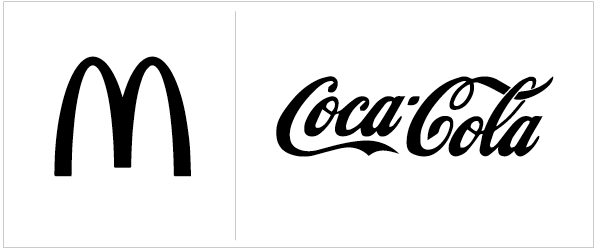How To Design A Great Logo



Consider some of the most famous logos:
the golden arrow arcing beneath ‘Amazon’ — mimicking a satisfied smile whilst simultaneously pointing from the ‘a’ to the ‘z’ in representation of the site’s broad range of products.
the use of negative space in ‘FedEx’ — hiding an arrow between the ‘E’ and the ‘x’ to symbolise the speed and directness of their delivery.
the looping font of Walt Disney — a stylised version of the founder’s signature, the word ‘Disney’ is familiar even when seen independent of the castle backdrop.
the Nike ‘swoosh’ — effectively simple, fluid, and symbolic of the wing of Nike, the Greek Goddess of Victory. And all this from a mere black curve.
At first glance, these logos are deceptively uncomplicated, and therein lies their appeal. Sleek, enduring, and instantly recognisable, great logos will come to identify a business in the same way that you come to recognise a new friend by their name.
An important point to take note of is that, just as a person cannot be summarised by their name, a company is not conveyed through their logo. The logo does not literally represent what the business is or does — there are no burgers in the McDonald’s arches, no soft drinks in Coca Cola’s distinctive font — but rather serves as a metaphoric marker for the face of the company. Sometimes they will possess hidden elements; sometimes they will simply look good. Ultimately, instant impact is the goal, and this will mean different things for different brands.
So how do designers go about crafting a logo?
The first step is building a solid foundation of knowledge, about effective logos already in existence and also about the business or product that the logo is for. Understanding the company’s general reputation, personality, values, services, and target audience is critical in making informed decisions about the design process. Research at this stage is also important in ensuring that the designer does not rehash old ideas — they want their logo to be original.
Then it is time for inspiration to strike. The designers will take all the information they’ve gathered and start sketching ideas. They might strike gold immediately; they might spend hours conceptualising and revising their ideas.
Logo design is more than a doodle on a page. The designer will consider colour, layout, font, minimalism, symbolism, and many other aesthetic qualities to produce the final work. They will be impeded by the need for originality, the avoidance of cliches, the pressure of deadlines, and the awareness of the significance of their task.
And when the logo is sitting pretty on the computer, the job still will not be complete. It will need to be rendered as a high-quality image; it will need to be approved by the company; changes may need to be made; the designer may even have to start from scratch.
Do not underestimate the commitment and hard work that lies behind a logo. It’s a tough job, but someone has to do it. And when it’s done well, it could be remembered for years to come.